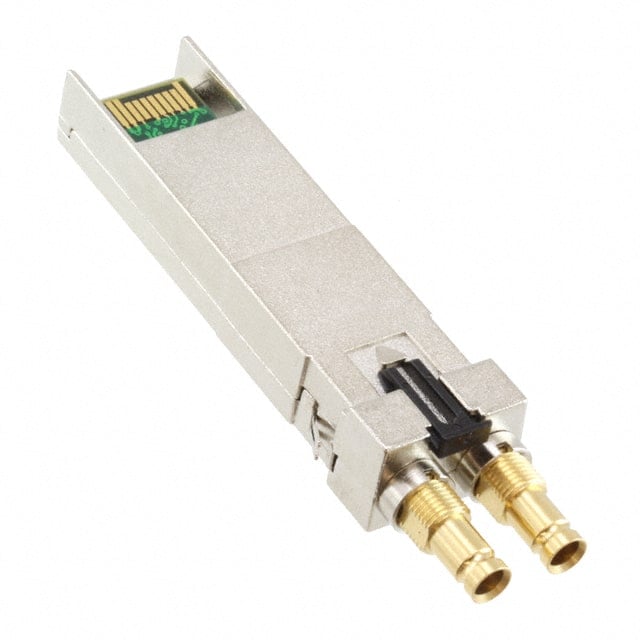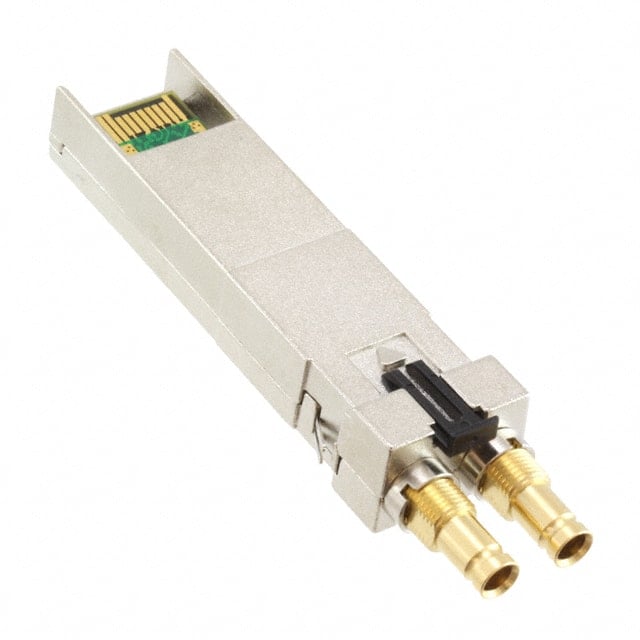
Analog Devices, Inc.
Analog Devices, Inc. is a leading semiconductor company with over 50 years of experience in designing and manufacturing high-performance analog, mixed-signal, and digital signal processing (DSP) integrated circuits. Its broad product portfolio serves a variety of industries, including industrial automation, automotive, healthcare, consumer electronics, and telecommunications. The company's focus on innovation and engineering excellence drives its commitment to delivering solutions that enable precise measurements, accurate analysis, and intelligent decision-making. Analog Devices' dedication to sustainability and corporate responsibility ensures its products meet the highest standards while positively impacting the communities it serves. With a global presence and diverse customer base, Analog Devices continues to shape the future of technology by enhancing the performance, efficiency, and reliability of various systems and transforming industries.
Fiber Optic Transceiver Modules
Results:
2
Series
Connector Type
Applications
Data Rate
Voltage - Supply
Mounting Type
Wavelength
Results remaining:2
Applied Filters:
Analog Devices, Inc.
Fiber Optic Transceiver Modules
Fiber optic transceiver modules are essential components used in fiber optic networks for transmitting and receiving data via fiber optic cables. These modules are housed in adaptive enclosures and incorporate both a light source for transmitting data and a photodiode for receiving fiber optic signals.
The mounting options for fiber optic transceiver modules are diverse, catering to different network configurations and requirements. These options include pluggable solutions such as CXP, QSFP, SFF, SFP, and XFP, as well as surface or through-hole mountings. Other mounting options include CFP, 1x9 SC, and panel mountings, providing versatility in integration within various network setups.
Key selection parameters when choosing fiber optic transceiver modules include data rate, wavelength, application, and connector type. Data rate refers to the speed at which data is transmitted and received, and it is crucial to select a transceiver module that supports the required data rate for the specific application. Wavelength compatibility is also essential to ensure proper transmission and reception of optical signals.
The application of the fiber optic transceiver module determines factors such as power budget, distance limitations, and environmental considerations. Different applications may require specific module specifications to meet the demands of the network.
Connector type is another critical parameter, as it determines the compatibility and ease of integration with existing fiber optic cables and interfaces. Common connector types supported by fiber optic transceiver modules include LC, SC, ST, and MPO/MTP, among others.
By selecting the appropriate fiber optic transceiver module based on specifications such as data rate, wavelength, application, and connector type, network operators can ensure reliable and efficient transmission of data over fiber optic networks. These modules provide the necessary functionality for transmitting and receiving data, allowing for seamless communication and connectivity within the network infrastructure.


